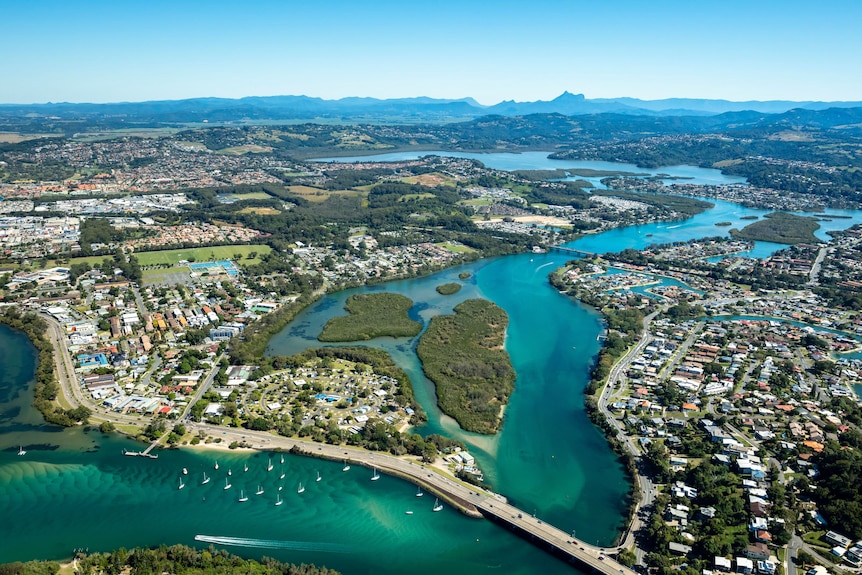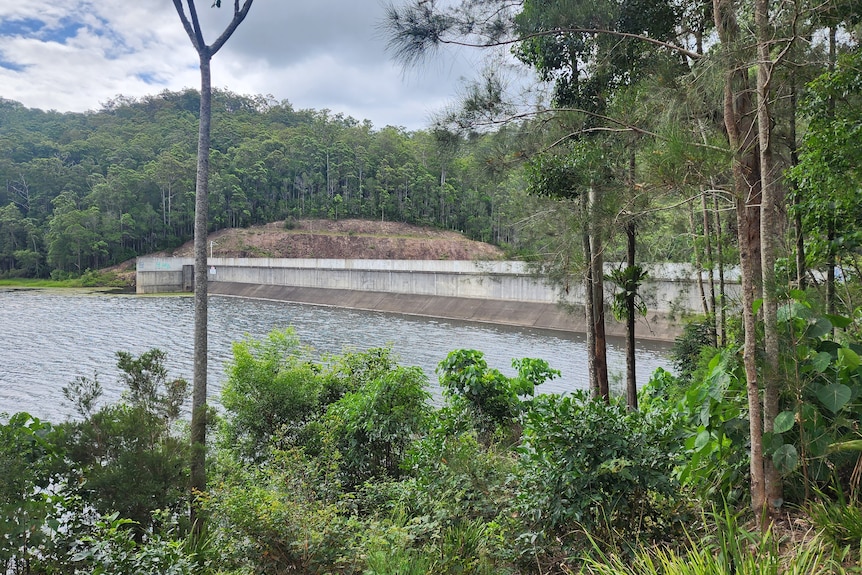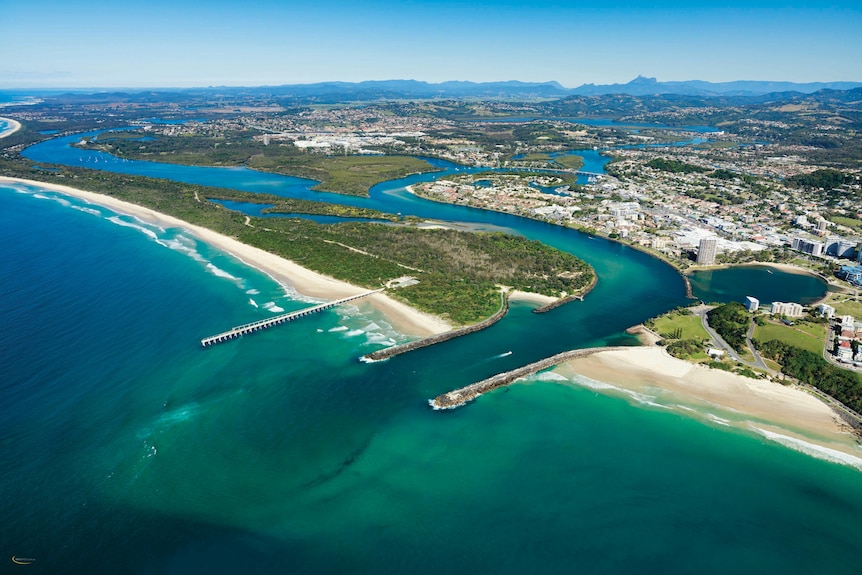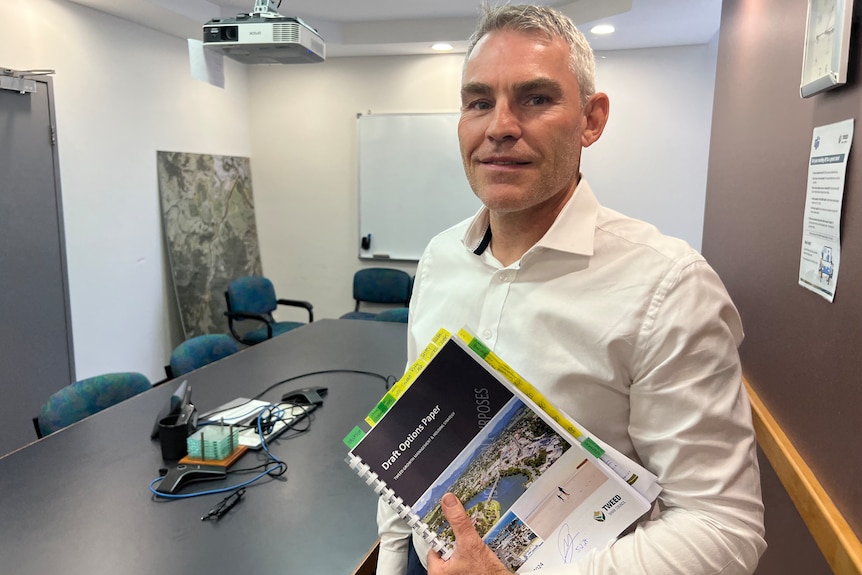Population Boom Challenges for Tweed Mayor Chris Cherry
Tweed Mayor Chris Cherry is currently grappling with significant challenges in the Tweed Shire, situated just south of the Queensland border. The region, which already accommodates nearly 100,000 residents, is projected to experience a population boom by 2041, with an anticipated increase of around 30,000 individuals.
Amidst this population surge, the local council faces the critical task of devising effective solutions to address the housing shortage strategies for the incoming residents and ensuring adequate water insecurity management for the growing population.

Tweed Heads faces more than just a population boom; it also grapples with housing shortage strategies and water insecurity management. According to Cr Cherry from the Tweed Shire Council, planning for growth entails addressing various challenges. This includes managing water consumption and usage for the expanding population, ensuring adequate sewerage and waste capacity, and evaluating the feasibility and cost of providing services to new housing developments. The council must carefully balance these considerations to effectively navigate the complexities of accommodating a growing population while maintaining essential services.
Addressing Water Challenges Amidst Population Boom
With a growing population and increasing demand for water, Tweed Shire Council faces a pressing issue of water scarcity. The council is racing against time to find solutions to provide ample water supply to its expanding community.
Anticipating a surge in demand post-2028, residents have been informed that the current water supply from Clarrie Hall Dam will fall short. To tackle this impending water insecurity, the council is considering strategies such as doubling the dam’s capacity by elevating its walls by 8.5 meters.

Population Boom Solutions: The Case of Clarrie Hall Dam
Clarrie Hall Dam’s construction coincided with a time when the Tweed shire’s population was less than half of what it is today. This ambitious project, which began its concept design phase in 2016, has been a decade in the making. Despite this, there are voices in the community advocating for the construction of a second dam at Byrrill Creek, a nearby location.
Located just under five kilometers downstream from Clarrie Hall Dam, the riverside town of Uki is at the center of the debate. Resident Esma Thompson from Uki expresses grave concerns about the current dam’s integrity and the potential risks associated with raising its height. She questions the consequences for Uki should any mishap occur after the dam’s elevation.
Esma Thompson, a resident of Uki, strongly advocates for the construction of a second dam in a different area. The fate of Uki hangs in the balance, pending the approval of the project by the NSW government. If the plan does not move forward, critical questions arise regarding how to secure a sustainable water supply for the existing residents in the region.
Originally built in the early 1980s when the population stood at 40,000, Clarrie Hall Dam’s current water storage capacity is deemed insufficient. Council officials highlight that, in the absence of adequate rainfall, the dam can only sustain the area’s water needs for a year. To address this issue, the proposal to raise the dam wall by 8.5 meters aims to boost the storage capacity from 16,000 megaliters to 42,300 mL.
Addressing the Population Boom: Innovative Solutions for Housing Shortage and Water Insecurity Management
A comprehensive paper has been unveiled by the council, outlining 83 diverse options to tackle the pressing issues of housing shortage and land availability. Among the proposed solutions are plans for urban development in Tweed Heads and the creation of more subdivisions along the coastal strip.
Emphasizing the urgency of the situation, Strategic Planning Coordinator Iain Lonsdale highlights the necessity of increasing housing density in current residential areas. Simultaneously, the council is exploring new and potentially controversial sites throughout the shire.
Lonsdale acknowledges the skepticism of long-time residents who may view the council’s actions as repetitive. However, he underscores the evolving nature of the challenges faced by the community. “A decade ago, discussions about a housing crisis or unaffordable housing would have been unheard of. Today, these issues are at the forefront of our concerns,” he explains.

The Tweed Shire Council faces the challenge of balancing development in Tweed Heads amidst a population boom, housing shortage strategies, water insecurity management, and infrastructure requirements, all while considering community and environmental concerns.
Dealing with the Challenges of Population Boom Solutions
A significant obstacle in addressing housing shortages is the emergence of ‘zombie developments’, where approved subdivisions remain stagnant, leading to delayed benefits for developers due to escalating land values over time.
To tackle this issue effectively, Mr. Lonsdale emphasizes the necessity for the state government to implement changes in planning regulations.
He highlights the constraints faced by councils, citing the imposition of compensations as a hindrance to proactive decision-making.
The financial burden on councils, funded by taxpayers and residents, impedes the repurchase of Development Applications (DAs), underscoring the complexity of the situation.
In light of these challenges, the focus shifts towards encouraging developers to revitalize dormant projects, offering hope for breathing new life into the region’s ‘zombies’.
Exploring the potential for reimagining sites to align with contemporary needs could incentivize owners to pursue new DAs, paving the way for modern developments while phasing out outdated ones.

Iain Lonsdale, the Strategic Planning & Urban Design Coordinator at Tweed Shire Council, was captured at the council offices in Murwillumbah (ABC News: Emma Rennie). According to Cr Cherry, numerous regions encounter similar challenges. She emphasizes that people often become aware of a change only when construction begins right beside them. She adds that waiting until this point is too late to influence any change. Therefore, the time to provide input on what should be constructed near your residence is now. This is crucial, especially in the context of population boom solutions, housing shortage strategies, and water insecurity management.
Receive ABC North Coast Updates Directly to Your Email
Stay informed about population boom solutions, housing shortage strategies, and water insecurity management with ABC North Coast’s newsletter. Sign up today to get the latest local news delivered straight to your inbox.



